India is a land of festivals owing to its rich cultural diversity. From religious festivals to regional festivals, every calendar year in India is packed with festivals. The vibrant festivals of India, complete with traditional music, vibrant colours and delicious cuisine, brings joy to its citizens. Most of the festivals in India are based on ancient scriptures which are passed down the generations. Festivals also boost the economy of India because the citizens tend to spend huge on celebrating the same. People are driven to purchase new clothes, decorative items, food products, gifts, jewelleries, accessories and more during the festivals which generates huge revenues especially for the MSMEs, and provides employment to both skilled and unskilled labour. Let’s have a look at the 10 major festivals in India for 2025.
1. Deepawali
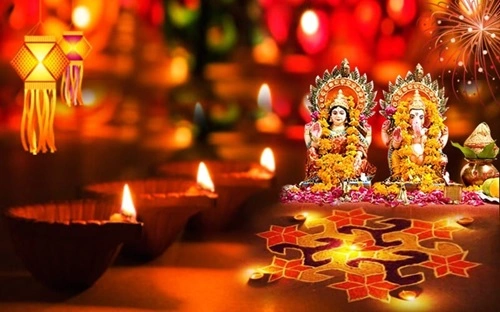
Deepawali or the Festival of Lights is celebrated in month of October-November. This festival marks the return of Lord Rama to Ayodhya after defeating the demon king Ravana. Symbolic meaning of Deepwali is victory of good over evil. As per the Hindu calendar, Deepawali comes in the month of Kartik on new moon day.
Deepawali is marked by lighting earthen lamps called diyas, ritual worship of Goddess Laxmi who is the reigning deity of wealth and prosperity, exchange of gifts between family members and friends, bursting of crackers, preparation of a traditional sweets and dishes and many more activities.
2. Navaratri and Dussehra
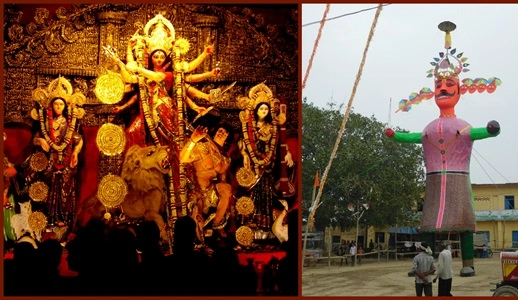
Navaratri is dedicated to the mother goddess Shakti whose 9 forms are worshipped over a period of nine days in September-October or Ashvin month in Hindu calendar. The same festival is celebrated as Durga Puja in the eastern part of India especially in West Bengal. Navaratri is celebrated by fasting, singing and other cultural activities.
Dussehra or Vijaya Dashmi is the tenth and final day of Navaratri and is celebrated to mark the victory of Lord Rama over Ravan. Traditional way of celebrating this festival is setting giant statues of Ravan, Kumbhakarana and Meghnath on fire.
3. Holi
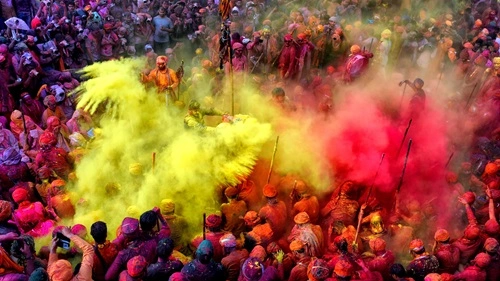
Holi or the Festival of Colours is celebrated in the month of March. The scriptural base of this festival is the legend of Prahlada who is condemned to die by burning on the orders of his evil father but is saved by the divine grace of Lord Mahavishnu. Thus, Holi symbolises the victory of good over evil.
Holi is traditionally celebrated by smearing coloured powders on each other and feasting on traditional sweetmeats like Gujiya and drinking special drinks like Thandai.
4. Janmasthami

Janmasthami is a highly popular festival celebrating the birth of the most loved God in the Sanatan culture, Sri Krishna. It falls in the month of August-September or the month of Bhadrapada as per Hindu scriptures. Janmasthami is particularly celebrated with utmost fervour at Mathura-Vrindavan, the birthplace of Sri Krishna.
Janmasthami is celebrated in the manner of welcoming a baby. The devotees fast till midnight since Sri Krishna was born at the midnight hour. Thereafter, a ceremony called Mahabhishek of the idol of baby Krishna is carried out, followed by offerings of 56 different types of dishes to the deity and singing of devotional songs.
5. Mahashivratri
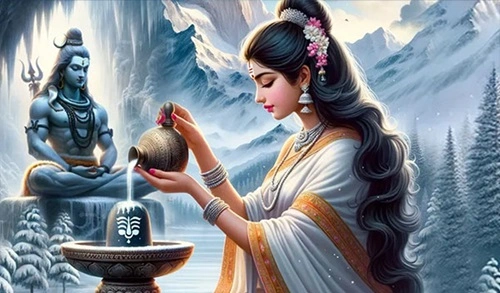
Mahashivratri is a festival celebrating the cosmic dance or Tandav performed by Lord Shiva. It falls in the month of February-March or the 14th night of the new moon during the month of Phalguna as per Hindu scriptures. Mahashivratri is celebrated on a grand scale throughout the country.
During Mahashivratri, the devotees fast till sunrise, pray and sing devotional songs all through the night and offer milk, honey and bel leaves to the deity.
6. Ganesh Chaturthi
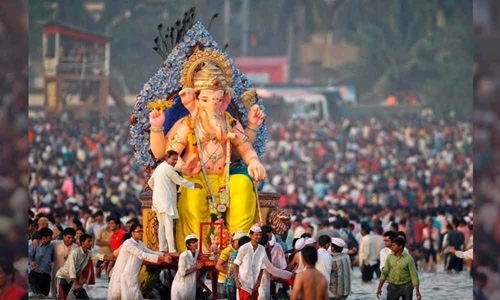
Ganesh Chaturthi is a festival dedicated to the elephant god Ganesh which is celebrated in the month of August-September or the month of Bhadrapada in the Hindu calendar. It is not only celebrated in temples and public spaces but also in private homes where the families establish their own Ganesh idols.
Ganesh Chaturthi is a 10-day festival. The devotees organise prayer rituals or pooja and offer various kinds of sweets and dishes to the deity each day. At the end of the festival, the idol of Lord Ganesh is immersed in a water body amidst devotional songs and tunes of musical instruments.
7. Pongal
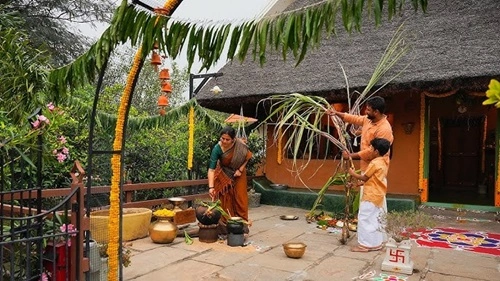
Pongal is a major festival in South India especially in Tamil Nadu which honours the sun god, Surya. It marks the beginning of the northward movement of the sun and is celebrated in the month of January. The four-day festival is divided into Bhogi Pongal, Surya Pongal, Mottu Pongal and Kaanum Pongal.
Pongal is celebrated by cooking a traditional rice dish called Pongal, drawing beautiful kolam designs outside homes using colourful rice and flour, adorning cows with flowers and many other cultural activities.
8. Onam
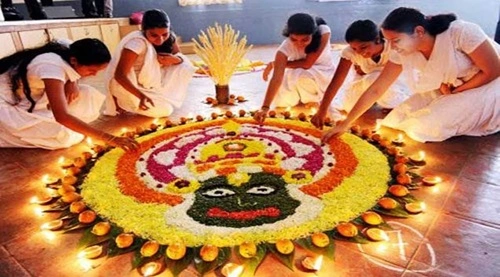
Onam is major festival in the South Indian state of Kerala which celebrates the homecoming of the ancient demon King Mahabali. It is a 10-day festival which falls in the month of August-September. Onam is celebrated by traditional boat races, making artful flower designs at home entrances, playing traditional games like Kuttiyum Kolum, performing traditional dances like Phulikali and Tiger Dance, bursting firecrackers and singing folk songs.
9. Raksha Bandhan
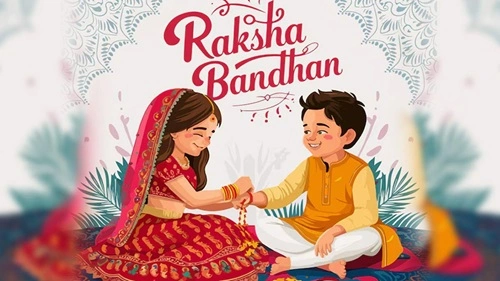
Raksha Bandhan celebrates the bond between brothers and sisters. It falls in the month of August or the month of Shravana in Hindu calendar. The festival is marked by sisters tying a sacred thread on the wrists of their brothers to symbolise the trust between them, brothers giving gifts to their sisters and families enjoying sumptuous meals together.
10. Baisakhi
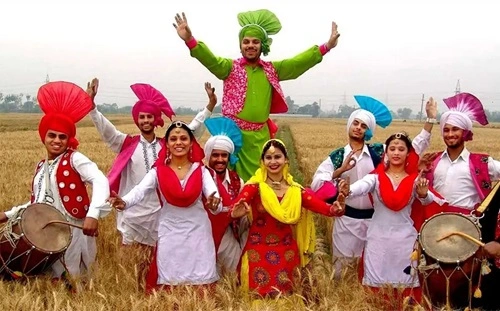
Baisakhi is a major festival of the Sikh community which falls in the month of January. It is not only a harvest festival but also marks the beginning of Khalsa in the year 1699. Baisakhi is rooted in the culture of Punjab and is celebrated with traditional dance like Bhangra, festive food and prayers at the Gurudwaras.
Conclusion
Festivals make up the cultural moorings of the Indian society. India is incomplete without its diverse festivals and cultural traditions. Modernism has crept into most festivals in India but their basic essence remains intact.